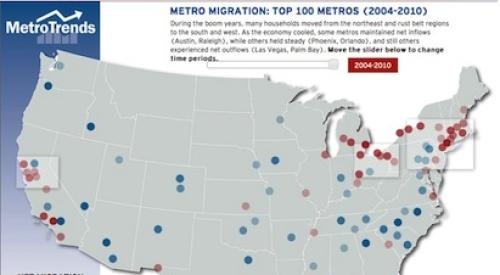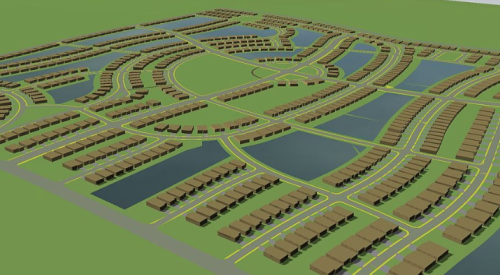A new study by the Reason Public Policy Institute points to growth control policies-specifically urban growth boundaries-as having a detrimental impact on housing supply and affordability. The study, Urban-growth Boundaries and Housing Affordability: Lessons From Portland, reveals that families looking for affordable housing are the real losers when artificial limits on growth become law.
"It’s clear from the Reason Institute’s research that urban growth boundaries and affordable housing don’t mix," says Tom Coyle, senior vice president of the California Building Industry Association (CBIA). "The well-documented findings of this report show that new designs on land use and growth policies that fail to adequately address housing needs will make an already bad situation in our state worse."
The study focuses on Portland, Oregon’s 20-year experiment with urban growth boundaries (UGBs), which are lines drawn by planners designed to redirect growth to already urbanized areas and fence off from development surrounding open space and agricultural land. The Portland urban growth boundary has been frequently used by growth management enthusiasts as a model for other communities-including many of California’s high job-generating areas-to use in adopting land-use policies or drafting growth-control initiatives.
The Reason Institute’s report found that Portland’s UGB has had profound consequences on housing markets, including:
- Housing prices have skyrocketed to levels averaging twice those of ten years ago.
- Inner city areas have experienced the steepest increases in housing costs, including a 120% increase in North Portland during the period between 1985 and 1995.
- Rising housing costs pushed as many as 80,000 single-family homes out of reach of working families in the Portland area.
- Even with increased densities that Portland’s boundary produced, the region will have an accumulated housing deficit of more than 40,000 units by the year 2017. Coyle warns that California’s high job-producing and population-generating areas can ill afford simplistic planning schemes at a time when housing supplies are short and affordability gaps are getting wider. He says that the state’s homebuilders will be sharing the findings of this new report with state and local policy makers as they work for balanced land-use policies.











